11 Best DIY Dry Shampoo Recipes That Everyone Should Try
Give your hair an oil-free, fresh look between your washes with natural ingredients.
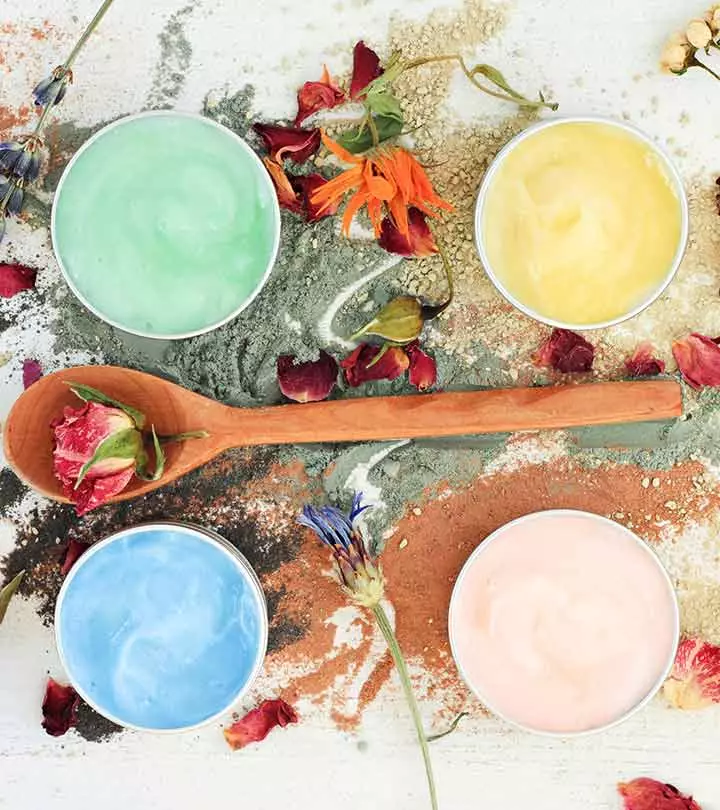
Image: Shutterstock
We all agree dry shampoos are a gift from above. But did you know that you could make them right at home? We have the inside scoop on the best DIY dry shampoo recipes. Branded dry shampoos contain harsh ingredients that dry out your hair, leaving it vulnerable to frizz and breakage. Making dry shampoos at home gives you the power to choose what ingredients go on your hair. After all, you want those ingredients that don’t strip your hair of its natural sebum or make your scalp dry and itchy. So, scroll down and learn about making your own dry shampoo, its benefits, method of preparation, and how to apply it. Read on.
In This Article
Why Should You Use Dry Shampoo?
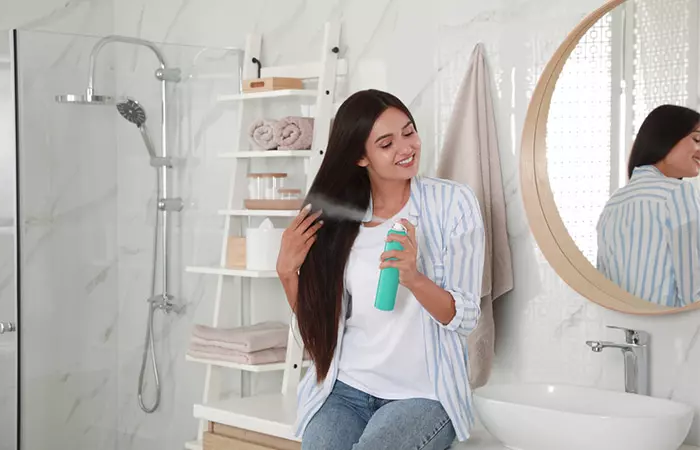
Do you want your hair to look fresh and lustrous all the time? Well, shampooing your hair every day for this purpose can make it dry by stripping off the natural oils from your scalp. Instead of washing your hair daily, you can use DIY dry shampoos. These offer wonderful fragrances and make your hair look fresh. They remove the excess oil and dirt from the scalp without leaving your hair dry and messy.
You know that shampoos are used for cleaning your hair. But, do you know how dry shampoos work? Let’s find out this in the following section.
Key Takeaways
- Dry shampoos strip excess oils from your hair and scalp without making the strands too dry.
- However, they contain harsh chemicals like butane and isobutene that may damage your scalp and hair in the long run.
- Using DIY dry shampoos made of arrowroot, cocoa powder, and cinnamon with cornstarch as the base ingredient can help you eliminate the risk of side effects.
How Does Dry Shampoo Work?
Dry shampoo works by absorbing the excess oil from your hair and scalp between your hair wash days. This helps maintain your hair’s good health, despite experimenting with different kinds of hairstyles. Homemade dry shampoos also reduce the risk of side effects caused by the excessive use of commercial dry shampoos. Instead of burning a hole in your pocket by purchasing expensive shampoos that contain harmful chemicals, DIY dry shampoos save you time, effort, and money to a great extent.
 Quick Tip
Quick TipYou can find a number of dry shampoo options in the market. But, why should you think of a natural solution for your hair? Find out the reason behind this in the next section.
Why Should You Look For A Natural Solution?
Many hair care products that you purchase contain many harmful ingredients in their formulations. Chemicals like isobutane, butane, cetyl alcohol, sodium benzoate, and others can cause allergic reactions on your scalp, damage your hair, and even lead to hair loss (1). Thus, these are not ingredients you really want to be freely applying to your hair or scalp. Hence, look for DIY solutions in dry shampoos for healthy and natural-looking hair.
So, how can you make dry shampoo at home? Don’t worry, we have got you covered. We have compiled a list of the 11 best dry shampoo recipes that you can easily make at home. Check out the next section!
11 DIY Dry Shampoo Recipes For Each Hair Color And Type
To prepare a homemade dry shampoo mixture, you need to use a base (like cornstarch) and mix it with other ingredients to make it beneficial for your hair. For instance, anecdotal evidence suggests you may add rice flour to protect your hair from the harmful UV rays of the sun. Similarly, fenugreek or coffee powder may be used to treat dandruff, active charcoal for greasy hair, and essential oils such as peppermint, lavender, orange, eucalyptus, and lemongrass oils for fragrance.
1. Activated Charcoal And Cornstarch Dry Shampoo: For Dark Brown Or Black Hair
Activated charcoal dry shampoo works great as a dry shampoo for dark hair and removes excess oil from dark brown or black hair. Besides cleansing and hydrating your hair, charcoal removes toxins and sweaty odor from your hair (2). Dry shampoo for sensitive scalp may also relieve itchiness and dandruff. It also relieves itchiness on the scalp and dandruff. Also, cornstarch absorbs oils from the scalp and makes your hair look fresh.
Note: This recipe may tint blonde hair.
Ingredients
- 2 tablespoons active charcoal
- 2 tablespoons cornstarch
- 1 tablespoon lavender oil
Directions
- Mix equal parts of active charcoal and cornstarch.
- Add the lavender oil to the mixture and mix well.
- Use a makeup brush to apply the mixture all over your hair and scalp.
Pro Tip: For instant fragrance in your dry shampoo, just add a few drops of your favorite essential oil and prepare the DIY dry shampoo solution as you would normally.
2. Cinnamon And Cornstarch Dry Shampoo: For Red Hair
Cinnamon is considered to be the best option for redheads. It blends easily into your red hair while masking the color of the ingredients you used in the dry shampoo. It acts as a stimulant (improves blood circulation when applied to the scalp) and keeps your hair healthy and strong (3). It also has antibacterial properties (4). These may help in preventing scalp infections and inflammation.
Ingredients
- 2 tablespoons cinnamon powder
- 2 tablespoons cornstarch
- 1 tablespoon lavender oil
Directions
- Mix the cinnamon powder and cornstarch.
- Pour the lavender oil into the mixture and combine well.
- Apply the mixture all over your hair and scalp.
3. Arrowroot And Cornstarch Dry Shampoo: For White, Blonde, Or Silver Hair
Anecdotal evidence suggests that arrowroot contains high-quality nutrients that can nourish your hair and scalp to give you healthy, silky, and soft hair. This mixture works well as a dry shampoo for light hair, especially blonde hair, and adds volume to the hair. Also, it absorbs oil easily and fights odor.
Ingredients
- 2 tablespoons arrowroot powder
- 2 tablespoons cornstarch
- 1 tablespoon lemongrass oil
Directions
- Mix the arrowroot powder and cornstarch.
- Mix in the lemongrass oil.
- Apply the mixture all over your hair using a makeup brush.
4. Cocoa Powder And Cornstarch Dry Shampoo: For Brown Hair
Cocoa powder is suitable for brunettes and dark blondes. It can easily blend into your brown-hued locks and nourish the hair follicles. It not only promotes hair growth but also enhances blood circulation and promotes hair growth. It adds glow to your hair and imparts a pleasant aroma to it. Also, it prevents inflammation that influences growth patterns and hair health (5).
Ingredients
- 2 tablespoons cocoa powder
- 2 tablespoons cornstarch
- 1 tablespoon lemongrass oil
Directions
- Mix the cocoa powder and cornstarch.
- Add the lemongrass oil to the mixture.
- Use a makeup brush or your fingers to apply the mixture all over your hair.
 Trivia
Trivia5. Rice Flour And Cornstarch Dry Shampoo

Apart from strengthening your locks, rice flour helps in protecting your hair from the harmful UV rays and relieves sunburns. However, there is no scientific evidence to prove the same. It is said to be the best scalp cleanser as it clears away all dirt, oils, and scalp build-up. Cornstarch eliminates greasiness and makes your hair look fresh and healthy.
Ingredients
- 2 tablespoons rice flour
- 2 tablespoons cornstarch
- 1 tablespoon peppermint oil
Directions
- Mix the rice flour and cornstarch.
- Add the peppermint oil to the mixture.
- Use a makeup brush to apply the mixture all over your hair.
6. Blended Oatmeal And Cornstarch Dry Shampoo
Blended oatmeal is said to have antioxidant and antibacterial properties that help in adding luster to your hair and preventing itchy, flaky scalp (6). Oatmeal is a natural moisturizer that may help treat an itchy and dry scalp (7). Furthermore, it may give your roots some extra boost.
Ingredients
- 2 tablespoons blended oatmeal
- 2 tablespoons cornstarch
- 1 tablespoon lavender oil
Directions
- Mix the blended oatmeal and cornstarch in a clean bowl.
- Add the lavender oil to the mixture
- Apply the mixture all over your hair using your fingers or a makeup brush.
7. Calcium Bentonite Clay And Cornstarch Dry Shampoo: For Gray/Silver Hair
Calcium bentonite clay is known as the healing clay. It is extracted from volcanic ash, which works wonders in removing toxins and getting rid of impurities from your hair. It absorbs excess oil to leave your scalp feeling clean and fresh. Also, it is widely used as a hair cleanser and softener (8).
Ingredients
- 2 tablespoons calcium bentonite clay
- 2 tablespoons cornstarch
- 1 tablespoon peppermint oil
Directions
- Start by mixing equal parts of calcium bentonite clay and cornstarch.
- Add the peppermint oil to this mixture.
- Use a makeup brush to apply the mixture all over your hair.
8. Powdered Coffee And Cornstarch Dry Shampoo
Coffee helps in controlling hair fall, strengthening the hair roots, and stimulating hair growth (9). It adds a natural shine to your hair (10). Powdered coffee is also said to increase blood circulation and help the nutrients reach the hair roots. Also, it reduces the dullness of your hair and revives its appearance.
Ingredients
- 2 tablespoons powdered coffee
- 2 tablespoons cornstarch
- 1 tablespoon peppermint oil
Directions
- Mix equal parts of powdered coffee and cornstarch.
- Add peppermint oil to the mixture.
- Apply the mixture all over your hair using your fingers or a brush.
9. Fenugreek Powder And Cornstarch Dry Shampoo
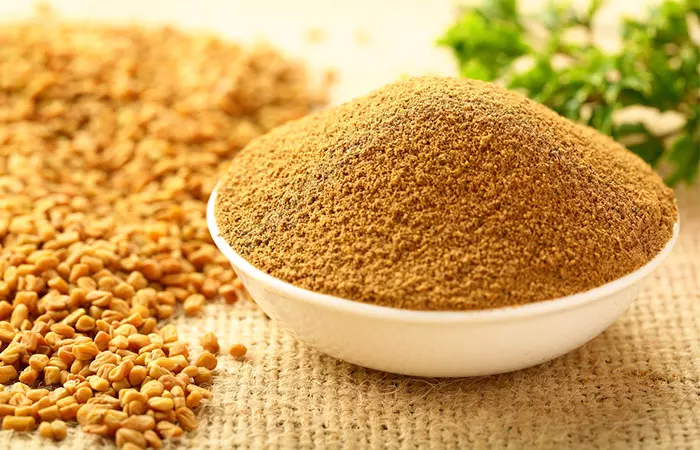
Fenugreek powder fights dandruff and serves as a solution for various scalp-related issues like flaking, itchiness, and burning (11). It also helps condition your hair and retains its natural shine.
Ingredients
- 2 tablespoons fenugreek powder
- 2 tablespoons cornstarch
- 1 tablespoon orange oil
Directions
- Start by mixing equal parts of fenugreek powder and cornstarch.
- Mix in the orange oil.
- Use a makeup brush to apply the mixture all over your hair.
10. Dry Spray Shampoo
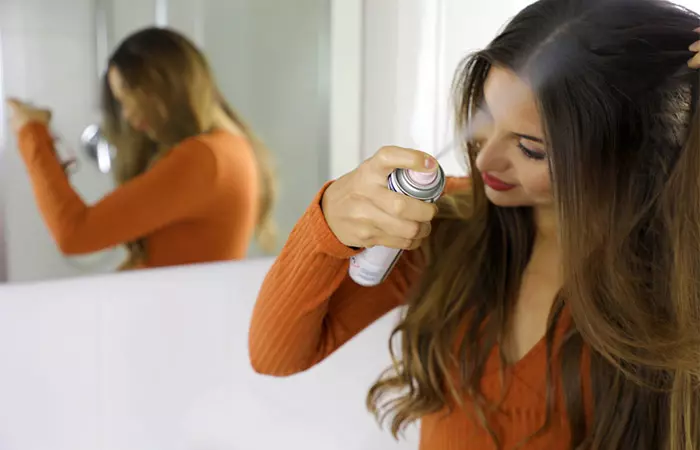
Rubbing alcohol is a strong pesticide that helps in killing head lice. It also acts as a clarifying agent that keeps your hair fresh and free from impurities. It removes excess oils and balances the pH of your scalp.
Note: Rubbing alcohol may dry out the scalp and hair. Always apply a hydrating agent to avoid scalp breakouts and brittle hair.
Ingredients
- 1 cup warm water
- ¼ cup cornstarch
- ¼ cup rubbing alcohol
- A few drops of any essential oil
Directions
- Mix all the ingredients and transfer the mixture to a spray bottle.
- Shake the bottle well and spray the mixture on the roots or oily areas of your hair.
11. Cacao Powder Dry Shampoo
Cacao powder is very different from cocoa powder as the former is derived from raw cacao beans and undergoes minimal processing. Anecdotal evidence suggests that the zinc and magnesium in cacao may nourish your hair and promote healthy hair growth. So, this dry shampoo may not only refresh your hair but also boost hair growth.
Ingredients
- 1-2 tablespoons of cacao powder
- 1-2 tablespoons of arrowroot powder or cornstarch
Directions
- Mix the cacao powder with the arrowroot powder or cornstarch in a bowl.
- Apply the mixture directly to the roots and gently massage it into your scalp.
- Let it sit for a few minutes.
- Brush your hair to remove any excess powder.
Now that you have made your homemade dry shampoo, let’s take a look at how you can apply it to your hair.
How To Use
- Mix the spray or powder thoroughly.
- Divide your hair into sections before beginning the application process.
- Use your fingers or a makeup brush to apply the dry shampoo to your greasy hair and massage it into the roots with your fingertips.
- Allow the dry shampoo to set in and remove the excess by brushing down your hair from roots to tips.
- Let it sit for 5-10 minutes before styling your hair.
Pro Tip: If you are having a hard time removing the dry shampoo from your hair, a faster and effortless way is to use a blow dryer.
Feel free to tweak your DIY dry shampoo to make it suit your needs better. If you like your shampoo scented, add a drop or two of essential oils, such as lavender or peppermint. Play around with the ingredients until you find a mix that works best for your hair type and personal style.
The need to use dry shampoo arises when you start to feel the greasiness in your hair. This usually happens around 3-4 days after you wash your hair. Dry shampoo should be used according to your hair type due to its oil-absorbing capacity. Overuse of dry shampoo results in hair breakage, while underuse makes your hair look oily. So, how often should you use dry shampoo? Find out in the following section.
Sarah Tran, a blogger, prefers to make her own dry shampoo to avoid chemical interference. She states, “I have no clue what got me on this natural train for my hair, but I am loving it, and my hair has never been so healthy (i).”
How Often Should You Use Homemade Dry Shampoo?
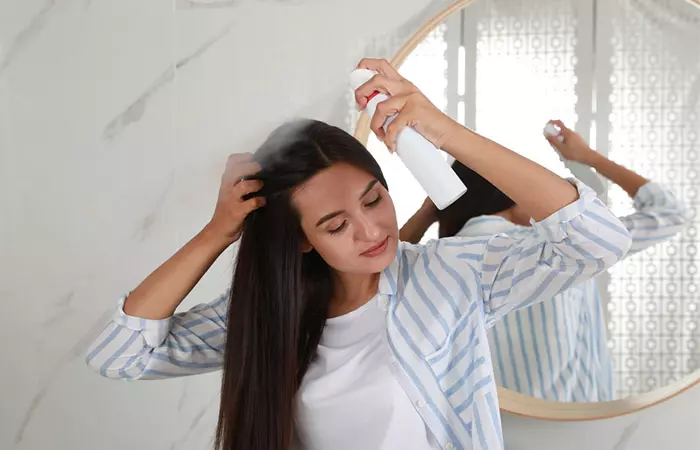
Dry shampoo essentially absorbs the oil from your scalp. Whether you use it once or several times a week, make sure you use it only when your hair starts getting greasy. Using it too often can make your scalp dry and flaky. Remember that a little dry shampoo goes a long way, and overuse of it may remove the natural oils from the scalp which are essential for maintaining the moisture that your hair needs. Furthermore, if you overuse these shampoos, the dry shampoo ingredients may build up and clog the pores on your scalp.
Dry shampoo is a godsend for anyone who despises getting up early in the morning and never has enough time to wash their hair. It’s even better when you prepare it at home using natural ingredients. They are affordable and can enhance the condition of your hair. However, keep in mind that a little dry shampoo goes a very long way, and using too much of it will strip your hair of its natural oils, which are necessary for keeping your hair moisturized. Moreover, if you use these shampoos too often, the chemicals may build up and clog your scalp’s pores. So, go ahead and try the DIY dry shampoo recipes we have shared in the article.
Frequently Asked Questions
Is dry shampoo bad for your hair?
The dry shampoos available in stores can be bad for your hair if used excessively. Natural dry shampoos are safe to use since they mostly contain natural ingredients. But, using dry shampoo too often can cause product build-up on the scalp.
How long does the effect of a dry shampoo last?
It depends on your hair type, scalp oiliness, and lifestyle. However, the effect of most dry shampoos lasts for 3 days between washes.
Can I use baking soda as a dry shampoo?
Yes, you can use baking soda as a dry shampoo for oily hair. You can also use baking soda for hair and scalp as a clarifying agent to cleanse dirt, excess oil, and other buildup.
Can I use baby powder as a dry shampoo?
Yes, you can use baby powder as a dry shampoo. It can absorb the dirt and oil from your hair, leaving it fresh.
What can I use as a substitute for dry shampoo?
You can use oatmeal powder, arrowroot powder, cocoa powder, and baby powder as substitutes for dry shampoo.
How do you get rid of greasy hair without dry shampoo?
Apply arrowroot powder to the roots to eliminate grease and excess sebum.
Does hand sanitizer work as a dry shampoo?
Never use hand sanitizer on your scalp. It’s formulated to kill germs and not for absorbing grease. The alcohol in it may damage the scalp and cause dryness and irritation.
Can I use hairspray as a dry shampoo?
No. Hairsprays are formulated for the strands and provide a subtle hold. It cannot absorb grease and oil like dry shampoo. On the contrary, using hairspray on your scalp may leave a sticky feeling.
Learn how to make your own natural dry shampoo with this easy tutorial! Check out the video below to get the perfect, fresh look without the hassle of washing your hair.
Personal Experience: Source
StyleCraze's articles are interwoven with authentic personal narratives that provide depth and resonance to our content. Below are the sources of the personal accounts referenced in this article.
i. DIY | Natural Dry Shampoo!
https://sarahhtran.wordpress.com/2014/04/02/diy-natural-dry-shampoo/
References
Articles on StyleCraze are backed by verified information from peer-reviewed and academic research papers, reputed organizations, research institutions, and medical associations to ensure accuracy and relevance. Read our editorial policy to learn more.
- Hair Product Allergy: A Review of Epidemiology and Management
https://www.ncbi.nlm.nih.gov/pmc/articles/PMC11088418/ - Studies on the Addition of Activated Charcoal in Herbal Shampoo
https://www.tsijournals.com/articles/studies-on-the-addition-of-activated-charcoal-in-herbal-shampoo-13697.html - Topical application of cinnamon (cinnamomum burmanii) essential oil has the same effectiveness as minoxidil in increasing hair length and diameter size of hair follicles in male white Wistar rats (rattus norvegicus)
http://ww16.ijaam-unud.org/ojs/index.php/ijaam/article/view/19?sub1=20250210-2050-059f-a9c7-c5871386a9fd - Antibacterial Effects of Cinnamon: From Farm to Food Cosmetic, and Pharmaceutical Industries
https://www.ncbi.nlm.nih.gov/pmc/articles/PMC4586554/ - Nutrition of women with hair loss problem during the period of menopause
https://www.ncbi.nlm.nih.gov/pmc/articles/PMC4828511/ - A Review of Health-Beneficial Properties of Oats
https://www.ncbi.nlm.nih.gov/pmc/articles/PMC8625765/ - Safety and efficacy of personal care products containing colloidal oatmeal
https://www.ncbi.nlm.nih.gov/pmc/articles/PMC3508548/ - Bentonite Clay as a Natural Remedy: A Brief Review
https://www.ncbi.nlm.nih.gov/pmc/articles/PMC5632318/ - An Open-Label Randomized Multicenter Study Assessing the Noninferiority of a Caffeine-Based Topical Liquid 0.2% versus Minoxidil 5% Solution in Male Androgenetic Alopecia
https://www.ncbi.nlm.nih.gov/pmc/articles/PMC5804833/ - Antioxidant Property of Coffee Components: Assessment of Methods that Define Mechanisms of Action
https://www.ncbi.nlm.nih.gov/pmc/articles/PMC6270823/ - Fenugreek+micronutrients: Efficacy of a food supplement against hair loss
https://www.researchgate.net/publication/251923543_Fenugreekmicronutrients_Efficacy_of_a_food_supplement_against_hair_loss
Read full bio of Madison Dufour
Read full bio of Arshiya Syeda
Read full bio of Ramona Sinha
Read full bio of Medha Deb






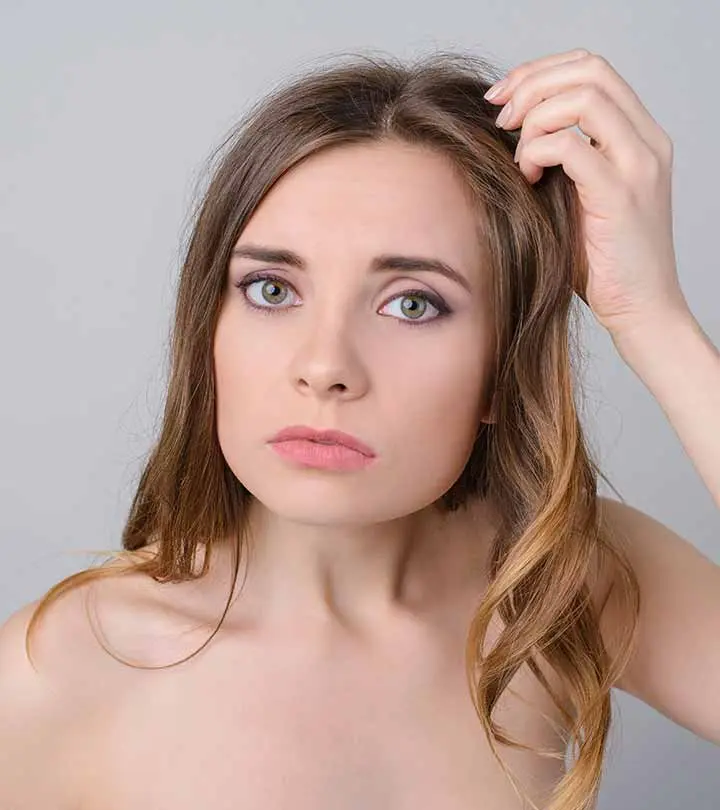

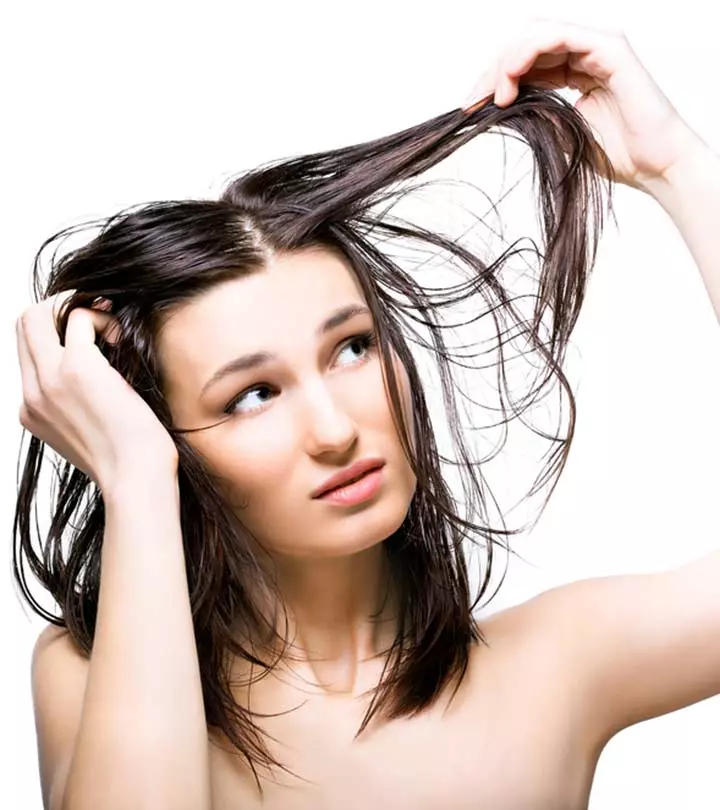
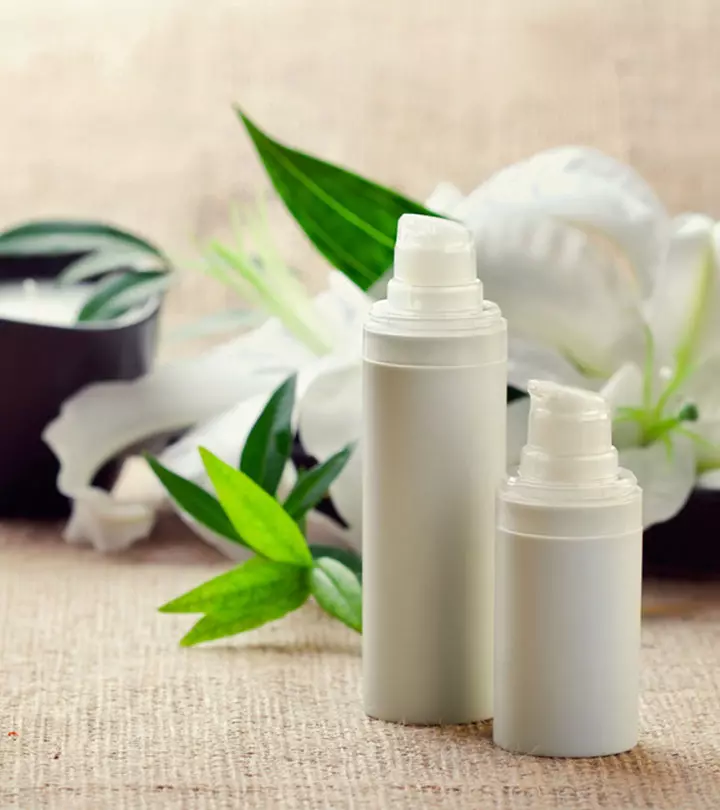
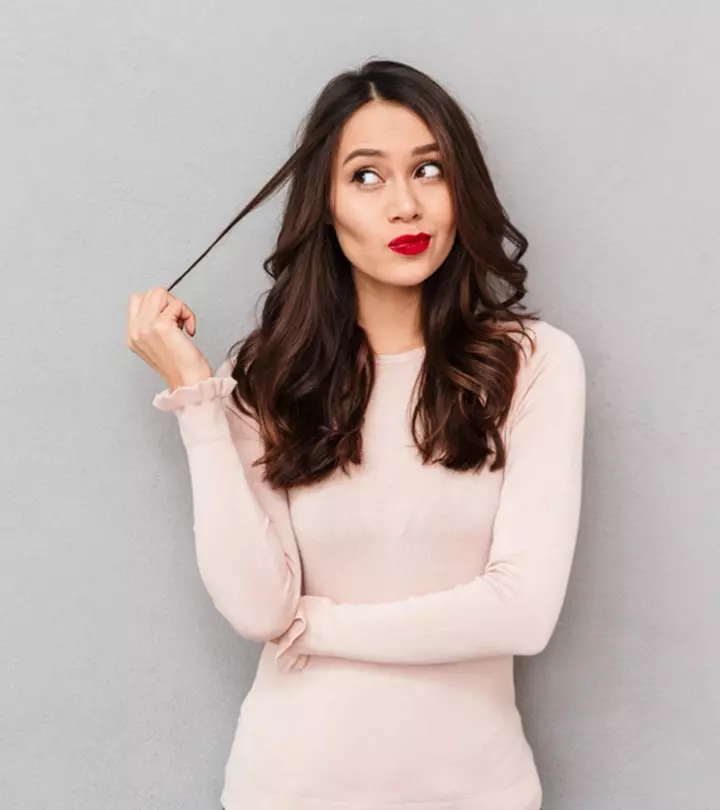
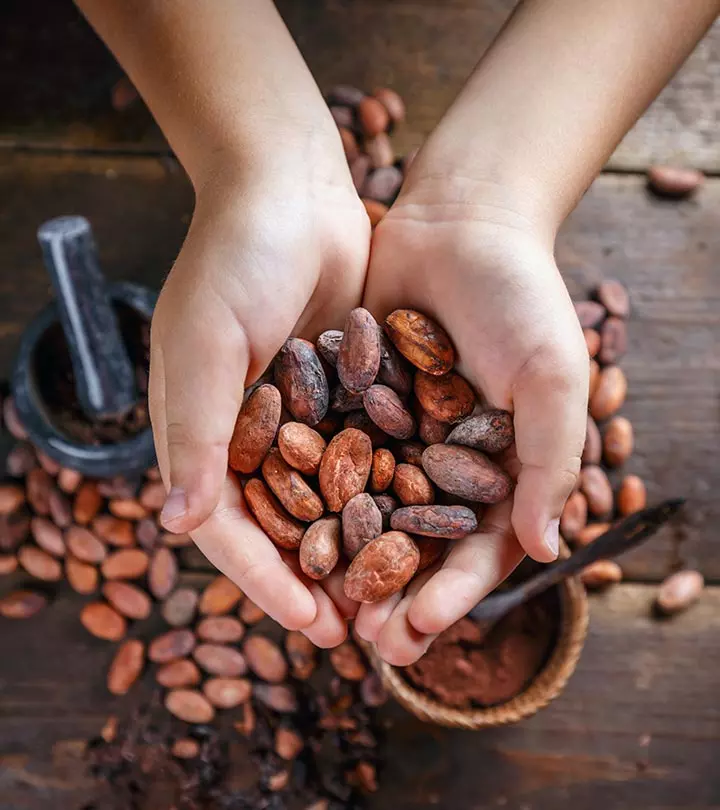

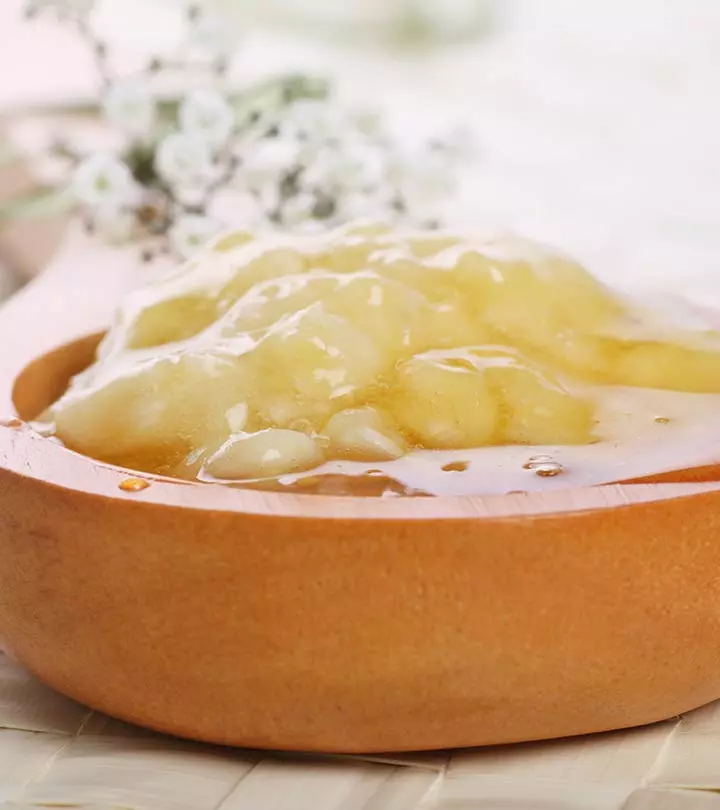



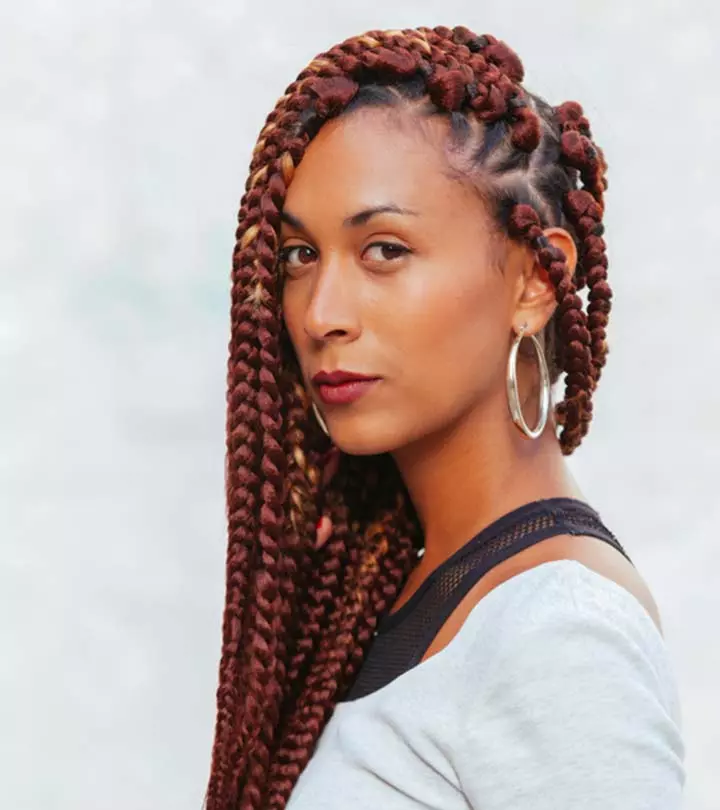

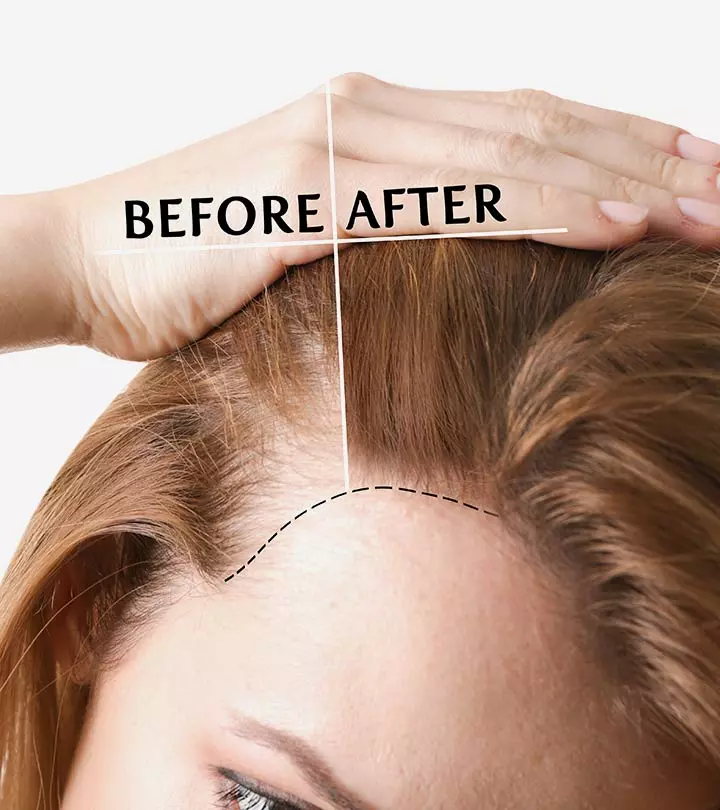
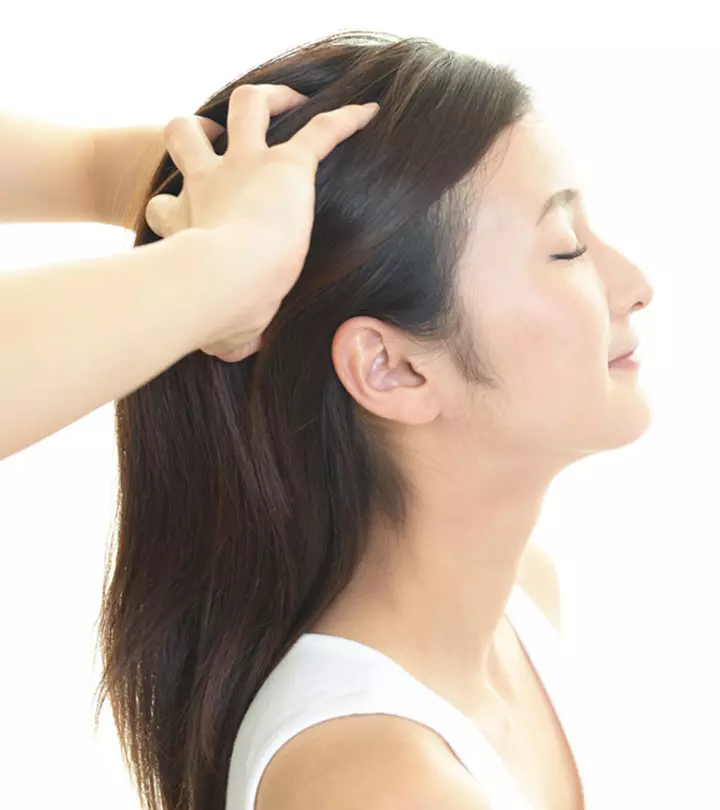
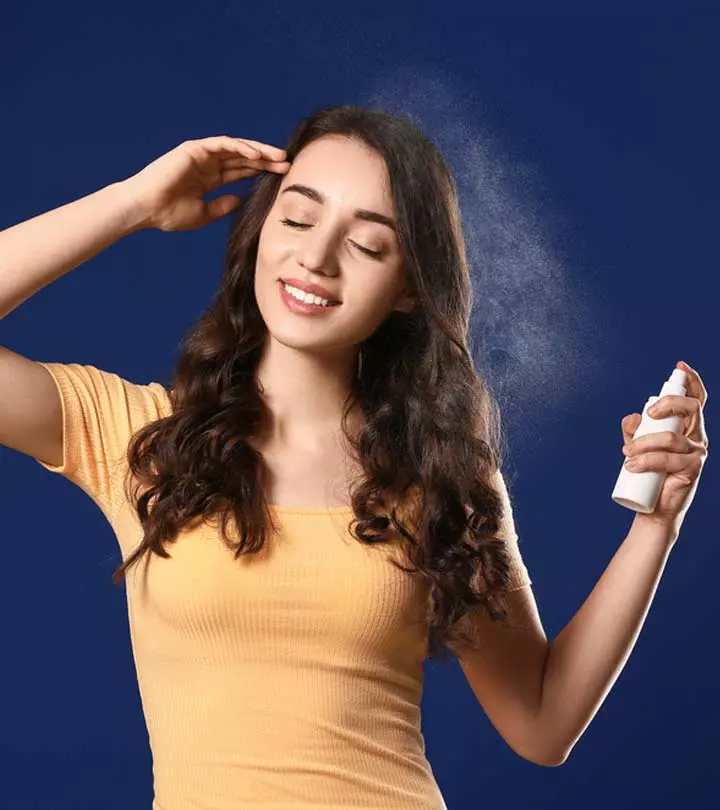
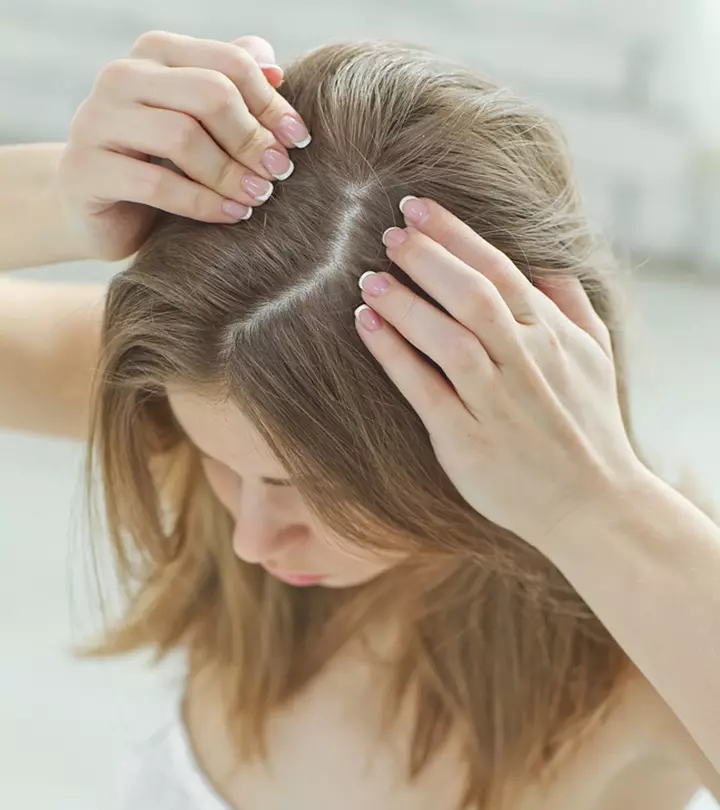


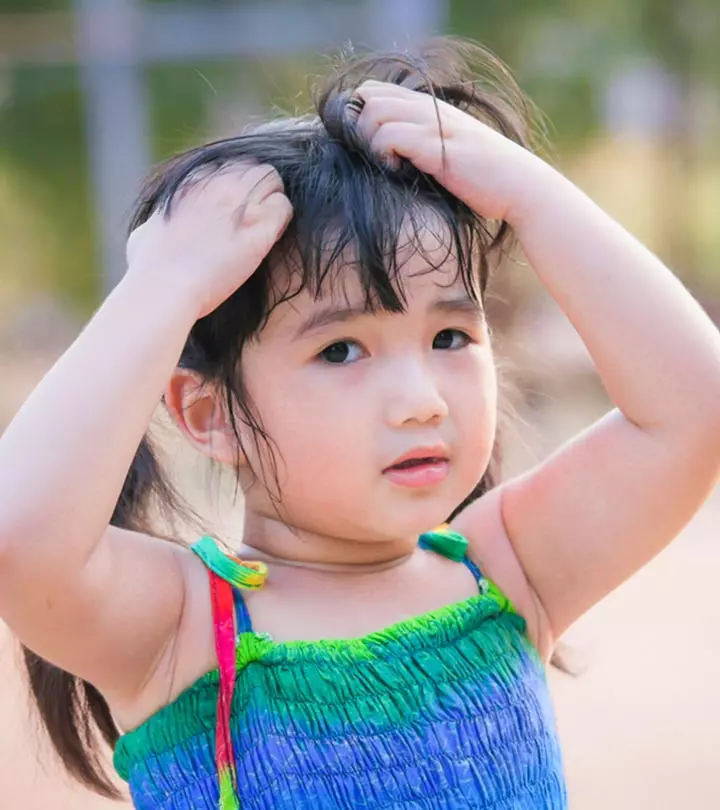
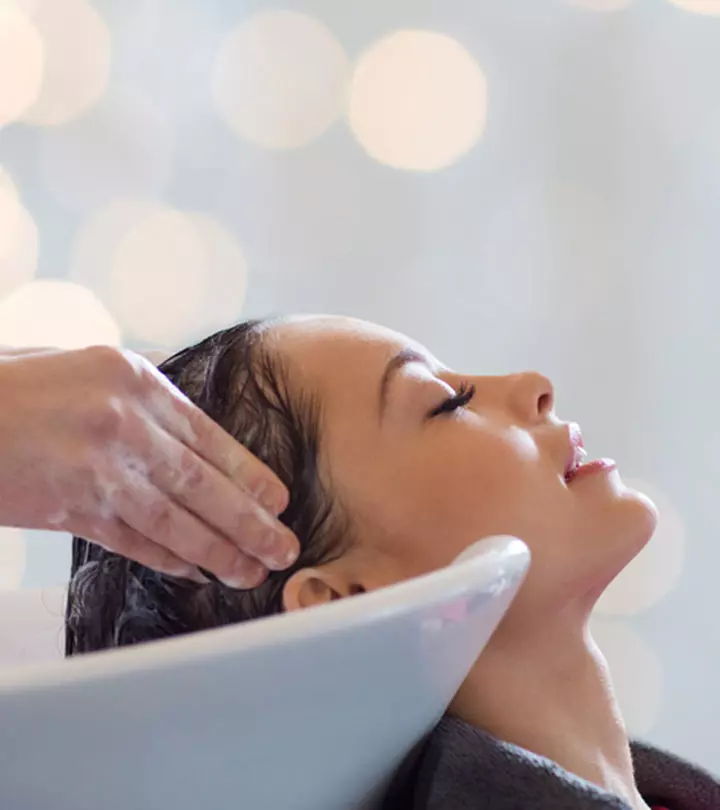
Community Experiences
Join the conversation and become a part of our empowering community! Share your stories, experiences, and insights to connect with other beauty, lifestyle, and health enthusiasts.